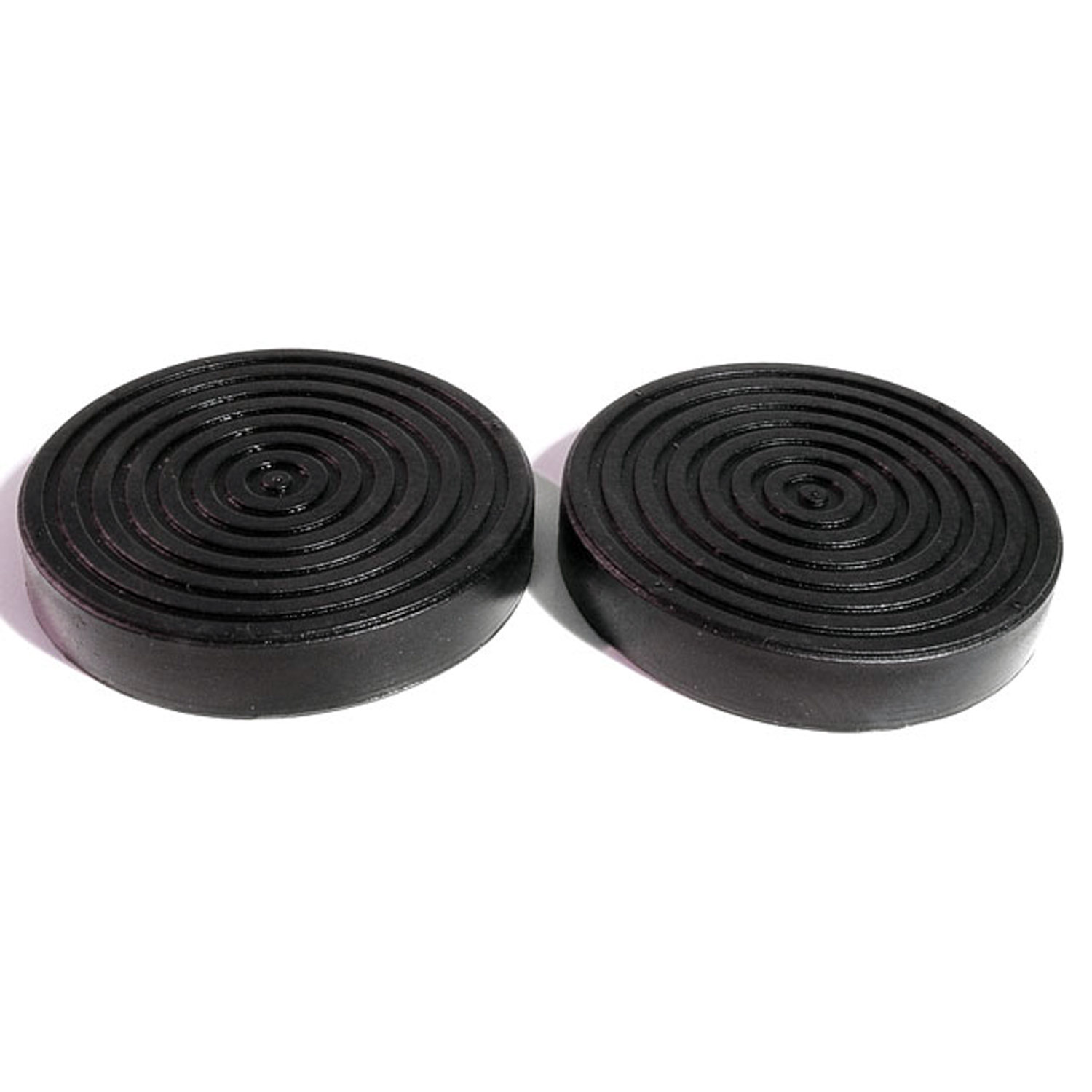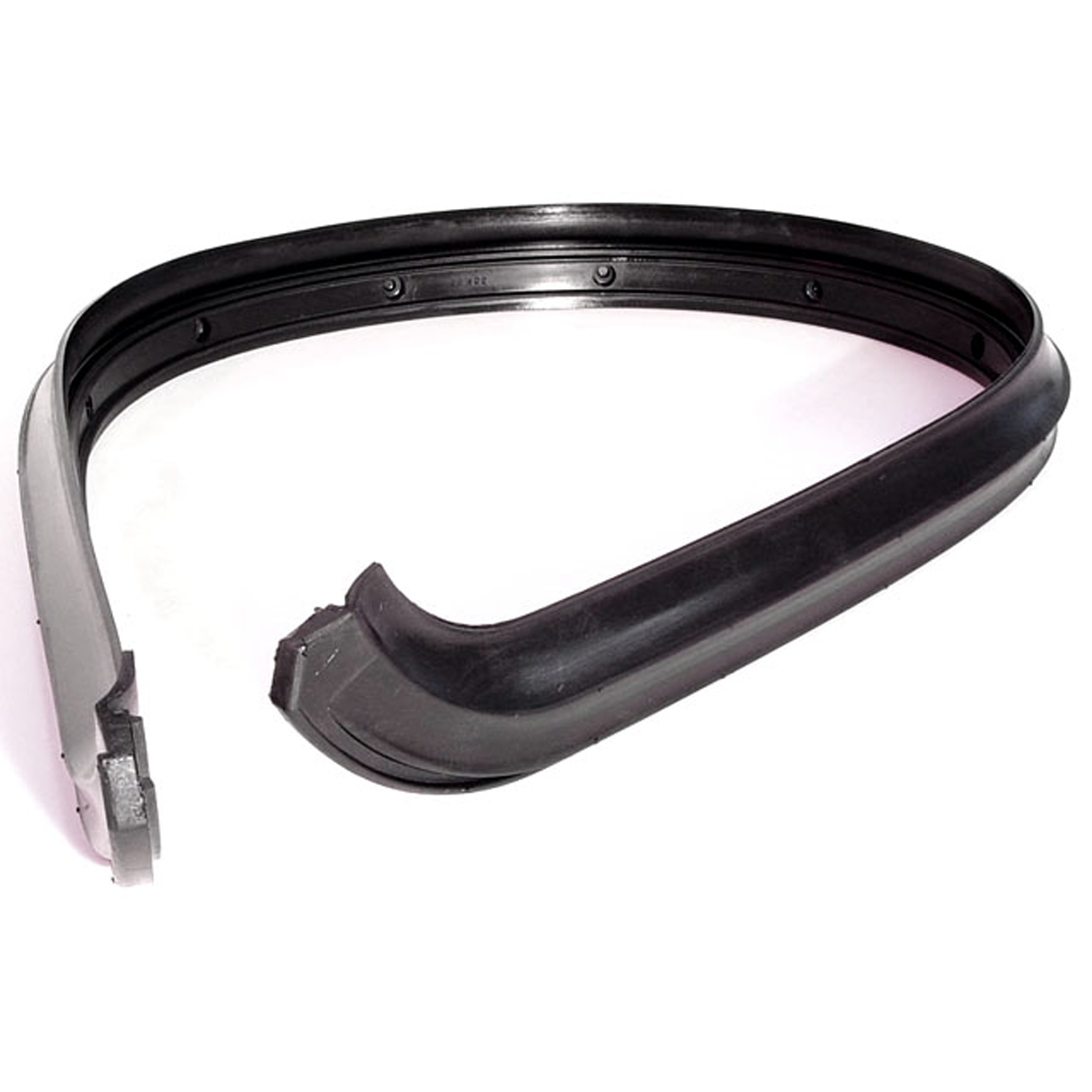Image of 1960 Jeep 6-226, Note: These illustrations use artistic license and may differ from actual historical models.
Performance Metrics
Fundamental Metrics
Emotional Appeal
MMP Rating
| Engine Specifications | |
|---|---|
| Engine: | Inline 6-cylinder |
| Displacement: | 226 cubic inches (3.7 liters) |
| Horsepower: | 105 hp |
| Torque: | 190 lb-ft |
| Compression Ratio: | 7.5:1 |
| Ignition System: | Distributor and coil |
| Cooling System: | Liquid-cooled |
| Performance Specifications | |
| 0-60 Time: | Not available due to the vehicle's age and purpose |
| 1/4 Mile Time: | Not available due to the vehicle's age and purpose |
| Top Speed: | 60-70 mph |
| Transmission and Drive | |
| Drive Type: | 4-wheel drive |
| Transmission Type: | 3-speed manual |
| Fuel and Efficiency | |
| Fuel System Type: | Carburetor |
| MPG: | 10-15 mpg |
| Dimensions and Brakes | |
| Brakes: | Drum brakes |
| Wheelbase: | 104 inches |
| Weight: | 3,200 lbs |
Note: Specifications for classic cars are given to the best of our ability, considering the limited and variant data available.
The Unyielding Legacy of the 1960 Jeep 6-226
From the rugged trails to the bustling city streets, the 1960 Jeep 6-226 stands as a testament to utilitarian design and robust engineering. Born from a lineage of wartime vehicles, the Jeep 6-226, also known as the Super Hurricane, was a powerhouse of its era, offering unmatched durability and versatility. Willys Motors, the manufacturer behind this stalwart utility vehicle, had a reputation for producing machines that could handle the harshest of environments. A unique fact that sets this vehicle apart is its transition from military service to becoming a civilian workhorse, symbolizing the post-war American spirit of resilience and adaptability.
Design and Innovation
The exterior of the 1960 Jeep 6-226 was a blend of function and simplicity, featuring a flat, vertical grille and rounded fenders that echoed its military ancestry. The interior was spartan but practical, with heavy-duty materials designed to withstand the rigors of daily use. Technologically, it boasted a powerful straight-six engine that was ahead of its time, capable of delivering reliable performance under demanding conditions. Color options were typically utilitarian, with Forest Green and Harvest Tan being popular choices that complemented its outdoor capabilities. The most iconic body style was undoubtedly the pickup version, which combined the utility of a truck with the off-road prowess of a Jeep.
Historical Significance
The Jeep 6-226's impact on automotive design was profound, particularly in the realm of four-wheel-drive systems and off-road capability. It set itself apart with its rugged construction and go-anywhere attitude, influencing a generation of 4x4 vehicles. Its lasting influence can be seen in the design DNA of modern Jeeps, which still carry that unmistakable look and off-road readiness.
Performance and Handling
Performance-wise, the 1960 Jeep 6-226 was not built for speed but for power. Its top speed was modest by today's standards, yet it had enough torque to tackle steep inclines and challenging terrain. The vehicle's handling was straightforward and honest – it communicated every bump and turn directly to the driver. Driving a Jeep 6-226 was an immersive experience; the roar of the Super Hurricane engine was music to the ears of enthusiasts, and the ride, though bumpy at times, connected the driver to the road (or lack thereof) in an unfiltered manner.
Ownership Experience
The Jeep 6-226 served various roles, from a daily driver to a farm implement, and even as a show car for vintage enthusiasts. Its maintenance was relatively straightforward, making it a favorite among those who preferred to wrench on their own vehicles. Reliability was one of its strong suits, provided it received regular care.
Fun Facts
Some interesting trivia about the 1960 Jeep 6-226 includes its use in various international armed forces due to its reliability. While not known for breaking speed records, it held its own in terms of endurance and capability. Criticisms were often directed at its basic comfort features, but these were overshadowed by its workhorse nature.
Collector's Information
Today, the value range for a well-maintained 1960 Jeep 6-226 can vary greatly depending on condition and originality. It's estimated that thousands were produced, but precise numbers are hard to come by. As for price trends, vehicles in good condition have seen an appreciation in value due to their historical significance and popularity among collectors who value authenticity and rugged charm.
Conclusion
The 1960 Jeep 6-226 remains an icon of American automotive history, embodying the spirit of durability and adaptability. Its design has left an indelible mark on the industry, influencing generations of off-road vehicles. For collectors and enthusiasts alike, owning a piece of this legacy is not just about having a classic car; it's about preserving a chapter of the story that shaped the modern automobile landscape.
1960 Jeep 6-226 Catalog of Parts
 1960 Jeep 6-226 Shock Absorber Grommet. 1" bottom O.D-BN 11Shock Absorber Grommet. 1" bottom O.D., 3/4" high, with 5/8" I.D. Each
1960 Jeep 6-226 Shock Absorber Grommet. 1" bottom O.D-BN 11Shock Absorber Grommet. 1" bottom O.D., 3/4" high, with 5/8" I.D. Each 1960 Jeep 6-226 Clutch and Brake Pedal Pads. 3" Diameter. Pair-CB 61Clutch and Brake Pedal Pads. 3" Diameter. Pair
1960 Jeep 6-226 Clutch and Brake Pedal Pads. 3" Diameter. Pair-CB 61Clutch and Brake Pedal Pads. 3" Diameter. Pair 1960 Jeep 6-226 Clutch and Brake Pedal Pads. Pair-CB 61-BClutch and Brake Pedal Pads. Pair
1960 Jeep 6-226 Clutch and Brake Pedal Pads. Pair-CB 61-BClutch and Brake Pedal Pads. Pair 1960 Jeep 6-226 Windshield to Cowl Seal. 55-1/2" long. Each-CS 102Windshield to Cowl Seal. 55-1/2" long. Each
1960 Jeep 6-226 Windshield to Cowl Seal. 55-1/2" long. Each-CS 102Windshield to Cowl Seal. 55-1/2" long. EachWhy Choose Metro?
For over 100 years, Metro Moulded Parts has been the pinnacle of quality in classic car restoration parts. Our commitment to precision and authenticity in every component ensures a perfect fit and an OEM-level appearance.
- Expert Craftsmanship & Quality: Each part is a testament to our dedication to reliability and perfection, crafted from original designs and thoroughly tested.
- Advanced Technology: We use cutting-edge techniques to create flawless, long-lasting parts that surpass others in performance.
- SuperSoft Sponge – The Ultimate Door Seal: Not only are our door seals 30% softer than competitors', but they're also guaranteed to never leak. They effectively reduce wind and road noise, enhancing your classic car's comfort and driving experience.
- Proudly American: Our parts are a product of American craftsmanship, made in the USA with a spirit of excellence and heritage.
- Unrivaled Warranty: We back our products with a 30-year industry-leading warranty, a testament to our confidence in their quality.
Join us in preserving the legacy of classic cars with parts that are crafted for perfection, not just made.

